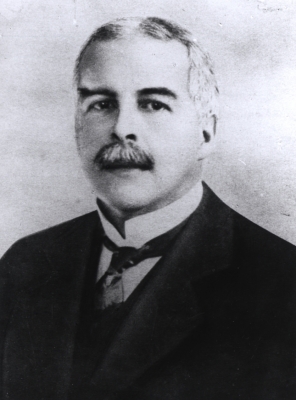
Gilbert Newton Lewis was an American physical chemist whose concept of electron pairs led to modern theories of chemical bonding.
Gilbert N. Lewis was born at Weymouth, Massachusetts, in 1875. He received his bachelor’s degree in 1896 and his doctorate in 1899 from Harvard University. He served as chemistry instructor at Harvard until 1900. In 1912 he was appointed permanent dean of the college of chemistry and chair of the department of chemistry at the University of California at Berkeley, where he remained until his death.
In 1916, Lewis published his famous paper “The Atom and the Molecule,” in which he formulated the idea of the covalent bond, a chemical bond that involves the sharing of electron pairs between atoms. He also defined the term odd molecule (free radical) when an electron is not shared. Shortly after this, Lewis became involved with military research. In 1923, he published Valence and the Structure of Atoms and Molecules. In 1938, he put forth the idea of electronic theory of acids and bases, in which acids were classified more generally as electron pair acceptors, and bases as electron-pair donors.
Lewis successfully contributed to chemical thermodynamics, photochemistry, and isotope separation.
Though he was nominated 41 times, G. N. Lewis never won the Nobel Prize in Chemistry, resulting in a major Nobel Prize controversy.
Picture Credit : Google




